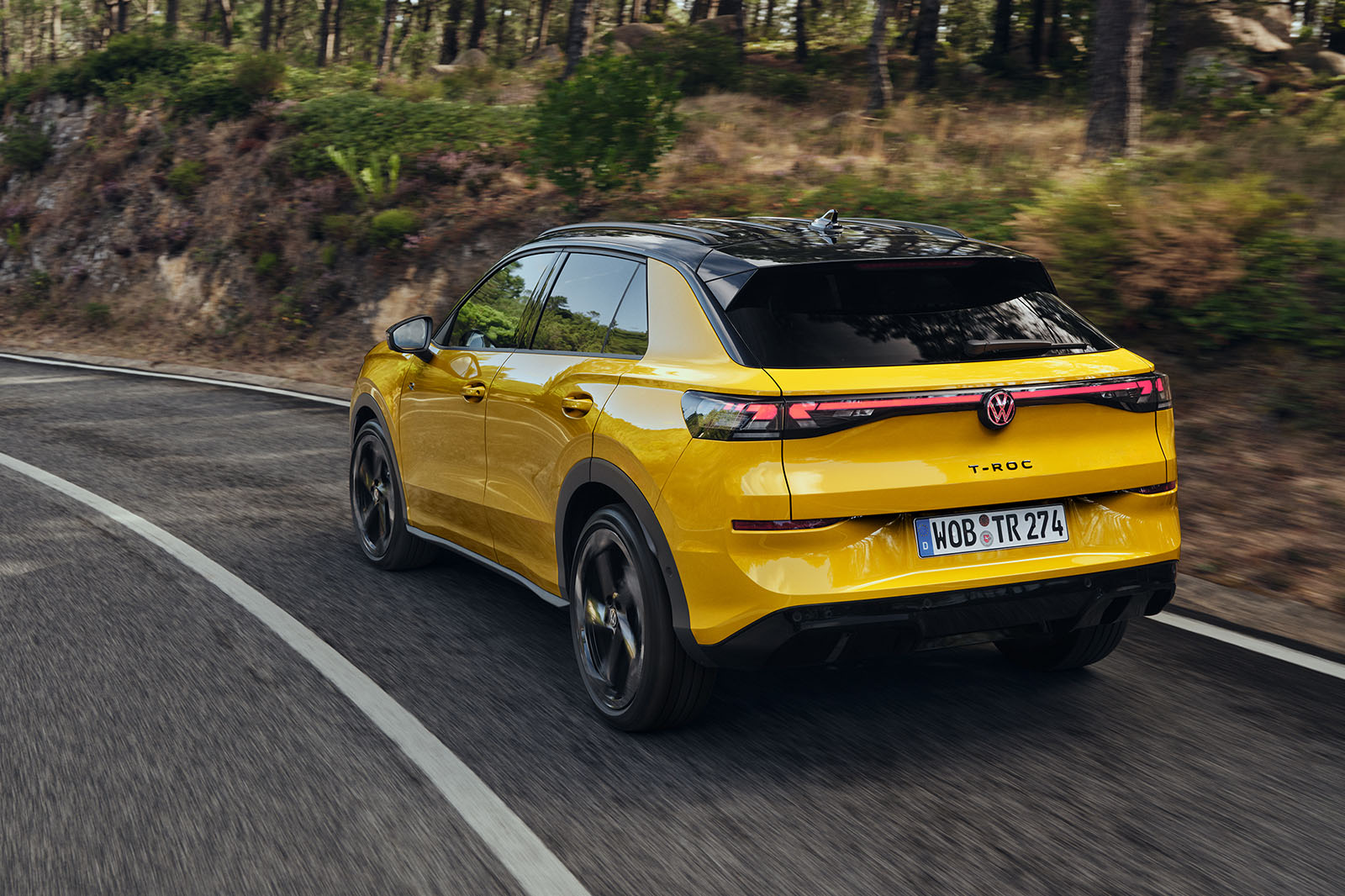
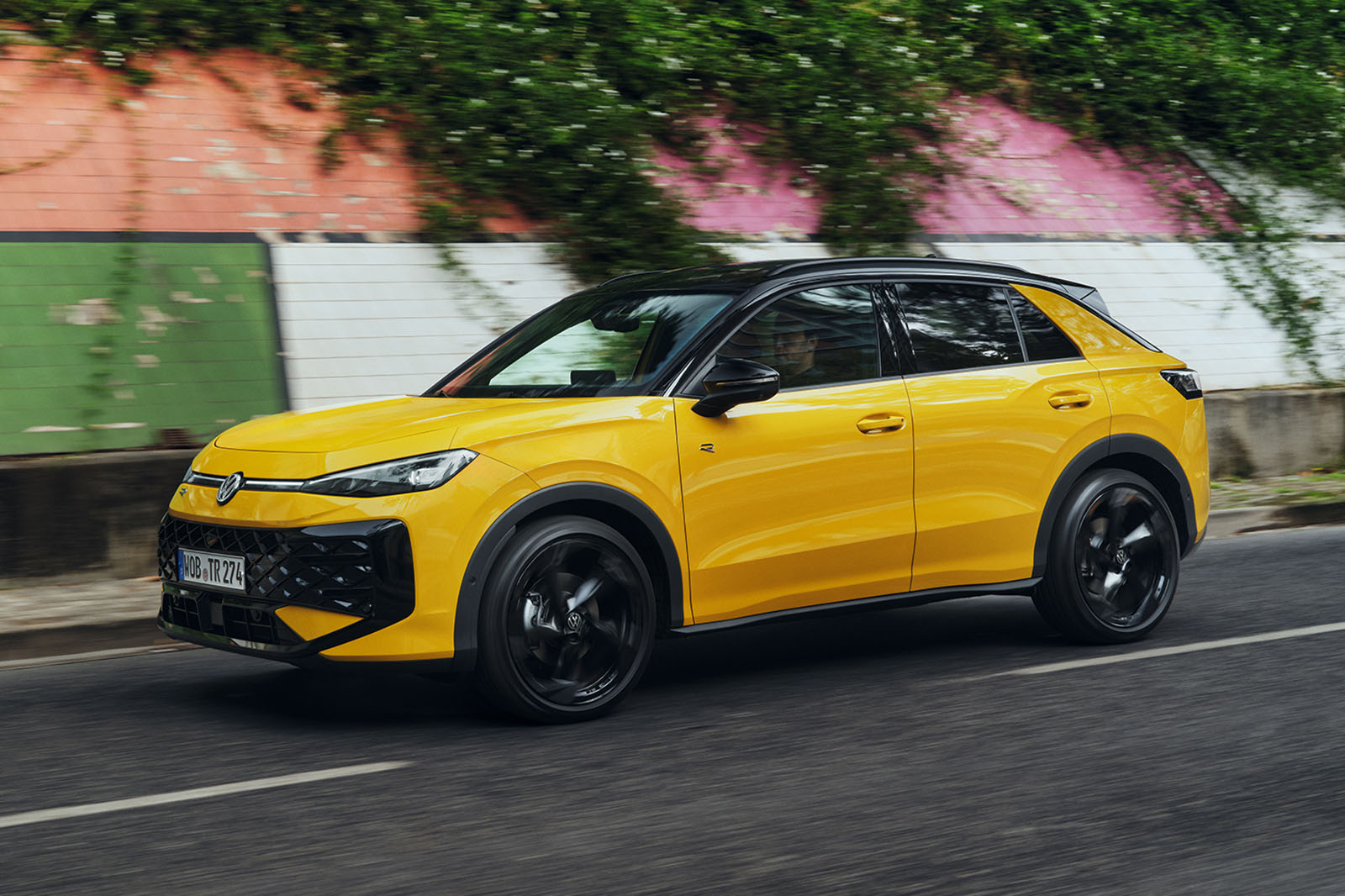
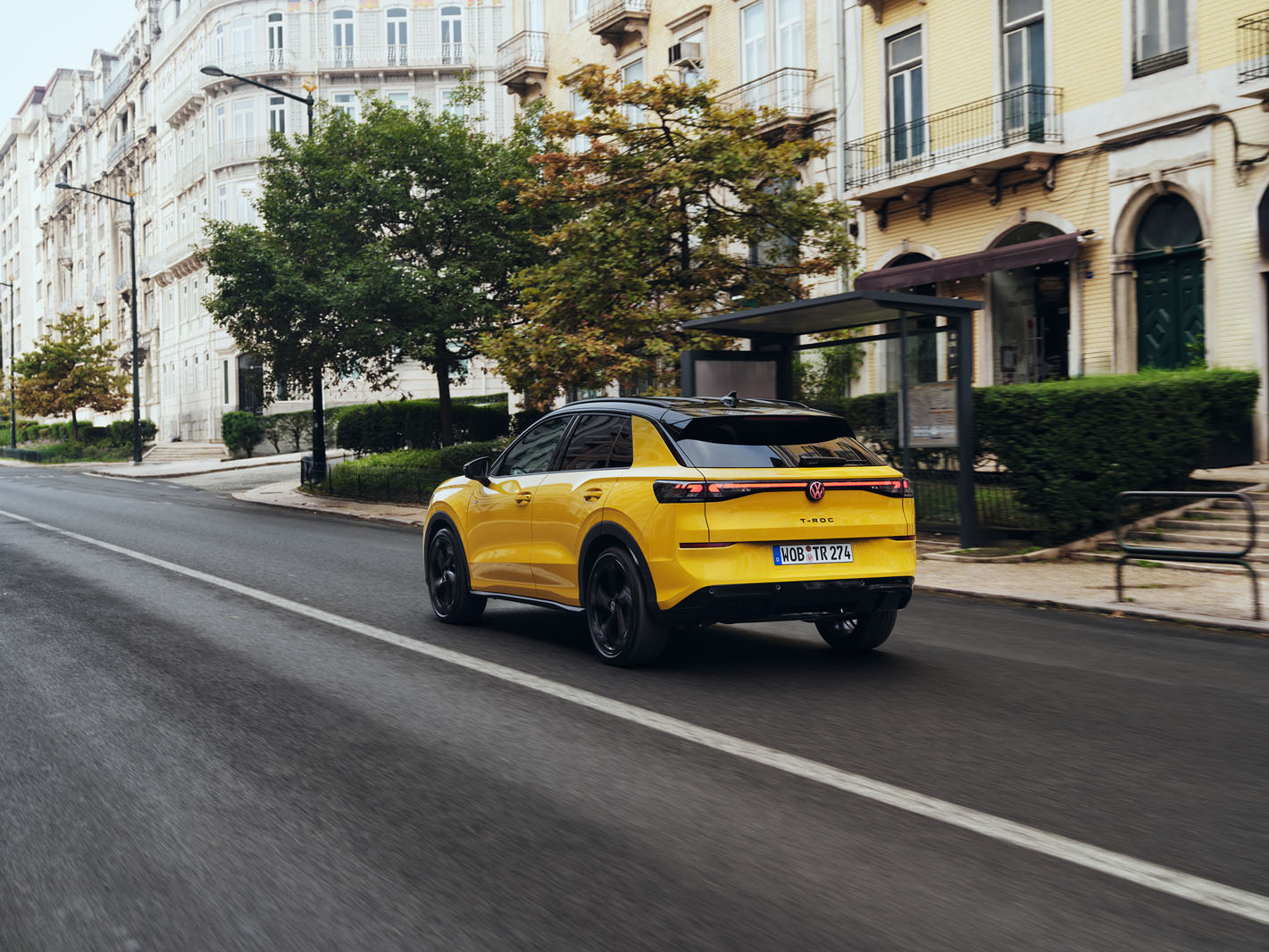
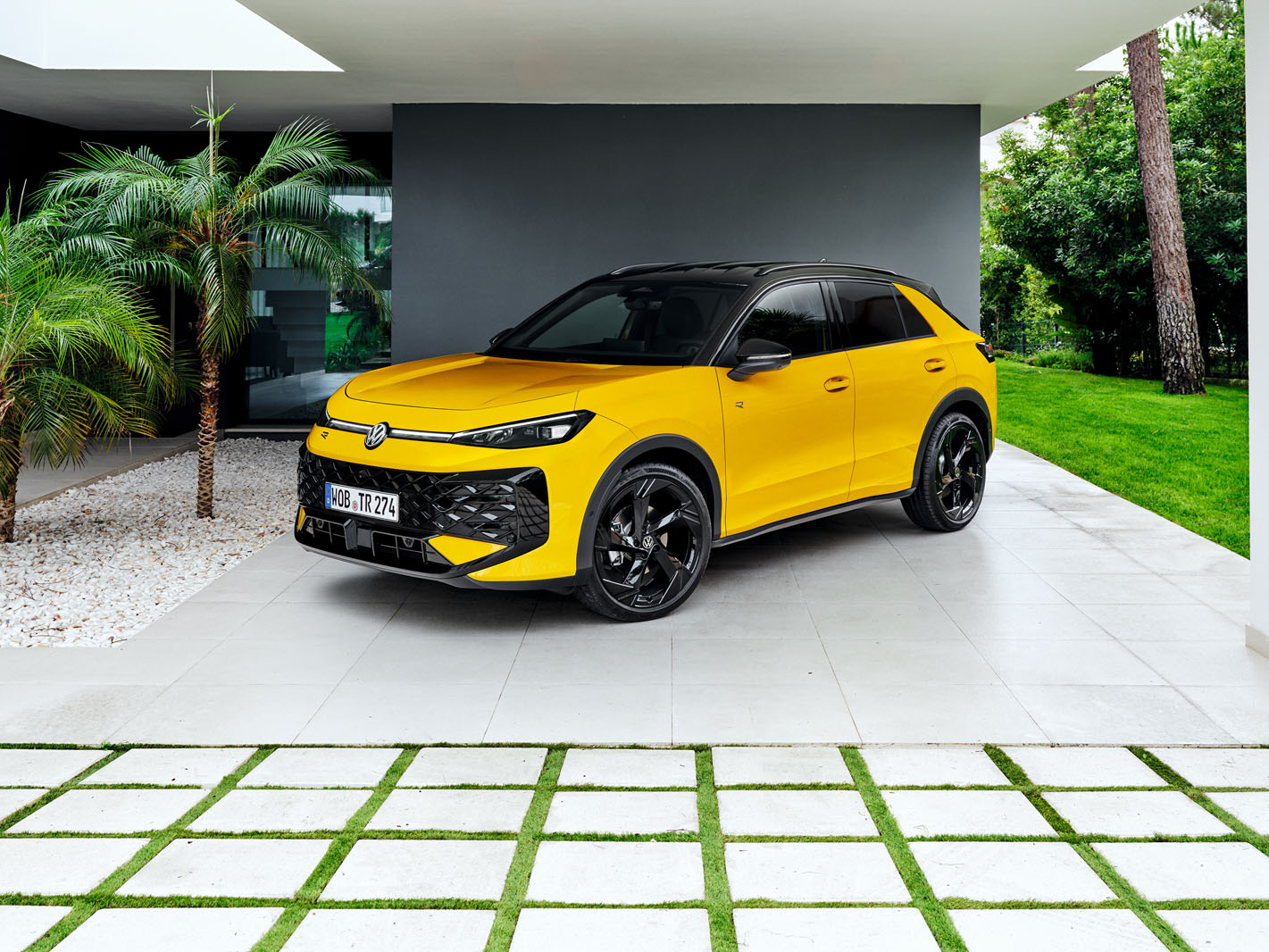
Electric cars have progressed well past the 'early adopter' stage, and with that has come the opportunity to measure actual battery ageing against predictions made in the past based on laboratory testing.
The German Automobile Club (ADAC) recently published the results of a four-year test using a Volkswagen ID 3 Pro S Tour. It took delivery of the 77kWh EV in May 2021 and various drivers contributed to 100,000 miles driven.
The battery wasn't treated especially gently. It was often charged to 100% after a trip in order to be ready for the next driver, as it had a highway range of around 250 miles, compared with an official WLTP range of 326 miles. And occasionally it was left fully charged for longer periods between journeys.
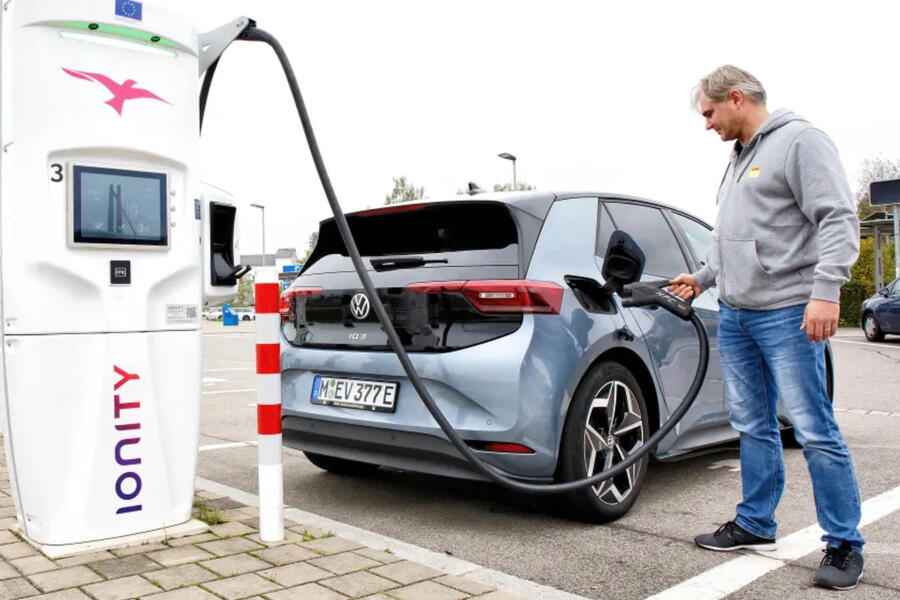
Conventional wisdom suggests both practices should be detrimental to a battery's longevity.
The warranty on the battery was eight years or 160,000km (99,422 miles) and a replacement would have been triggered had the battery's state of health (SOH) fallen below 70% of the original capacity.
There were several such updates during the test, which included various bug fixes and an increase in rapid-charging rate to 170kW. Volkswagen also says new software significantly improved power consumption over shorter distances and in winter temperatures between 0 and 5deg C.
The battery was repeatedly checked at the independent Bavarian Test and Technology Centre during the test. The SoH was 96% after 13,500 miles, 94% after 52,000 miles and 91% after 90,000 miles a figure within the expected range.
Volkswagen says it agrees with the ADAC's recommendation that software updates should always be installed when they become available.
The battery ageing was measured using the Aviloo Premium Test, Aviloo being an Austrian battery diagnostics specialist.
In a recent unrelated press release, it highlighted a study published in Nature Energy that compared two types of laboratory battery stress tests: constant current cycling (which happens only in a lab) and dynamic cycling (which involves variable charge and discharge profiles similar to real-world driving).
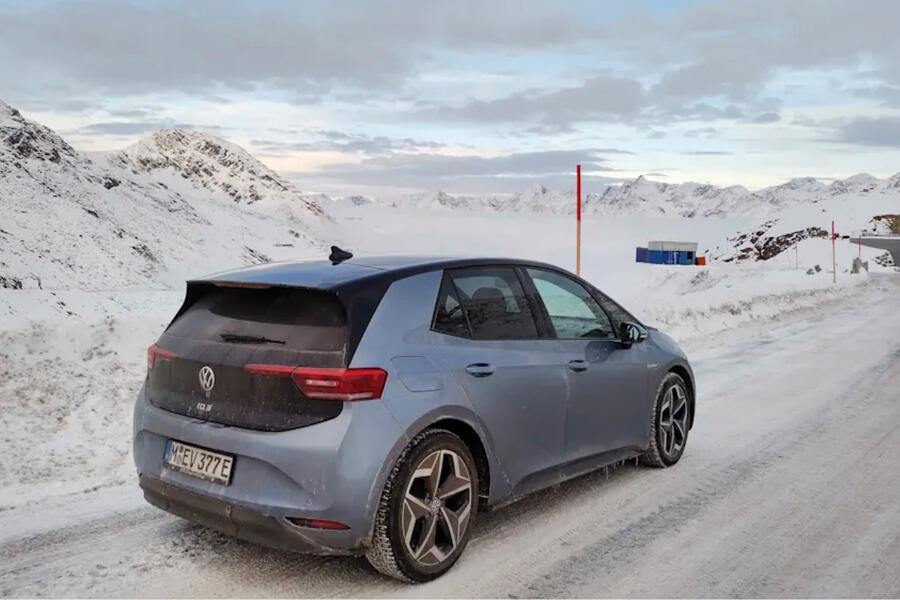
The authors concluded that tests using the constant current approach tend to overestimate battery ageing, because real-world use involves dynamic flows.
Aviloo stressed that this doesn't mean driving an EV in a "sporty manner" may extend the lifespan of EV batteries.
In a large study of its own, involving 402 EVs of the same brand and battery type, the company found that "moderate driving behaviour" reduces energy consumption by 10% over a battery's life cycle.
Electric cars have progressed well past the 'early adopter' stage, and with that has come the opportunity to measure actual battery ageing against predictions made in the past based on laboratory testing.
The German Automobile Club (ADAC) recently published the results of a four-year test using a Volkswagen ID 3 Pro S Tour. It took delivery of the 77kWh EV in May 2021 and various drivers contributed to 100,000 miles driven.
The battery wasn't treated especially gently. It was often charged to 100% after a trip in order to be ready for the next driver, as it had a highway range of around 250 miles, compared with an official WLTP range of 326 miles. And occasionally it was left fully charged for longer periods between journeys.

Conventional wisdom suggests both practices should be detrimental to a battery's longevity.
The warranty on the battery was eight years or 160,000km (99,422 miles) and a replacement would have been triggered had the battery's state of health (SOH) fallen below 70% of the original capacity.
There were several such updates during the test, which included various bug fixes and an increase in rapid-charging rate to 170kW. Volkswagen also says new software significantly improved power consumption over shorter distances and in winter temperatures between 0 and 5deg C.
The battery was repeatedly checked at the independent Bavarian Test and Technology Centre during the test. The SoH was 96% after 13,500 miles, 94% after 52,000 miles and 91% after 90,000 miles a figure within the expected range.
Volkswagen says it agrees with the ADAC's recommendation that software updates should always be installed when they become available.
The battery ageing was measured using the Aviloo Premium Test, Aviloo being an Austrian battery diagnostics specialist.
In a recent unrelated press release, it highlighted a study published in Nature Energy that compared two types of laboratory battery stress tests: constant current cycling (which happens only in a lab) and dynamic cycling (which involves variable charge and discharge profiles similar to real-world driving).

The authors concluded that tests using the constant current approach tend to overestimate battery ageing, because real-world use involves dynamic flows.
Aviloo stressed that this doesn't mean driving an EV in a "sporty manner" may extend the lifespan of EV batteries.
In a large study of its own, involving 402 EVs of the same brand and battery type, the company found that "moderate driving behaviour" reduces energy consumption by 10% over a battery's life cycle.
Electric cars have progressed well past the 'early adopter' stage, and with that has come the opportunity to measure actual battery ageing against predictions made in the past based on laboratory testing.
The German Automobile Club (ADAC) recently published the results of a four-year test using a Volkswagen ID 3 Pro S Tour. It took delivery of the 77kWh EV in May 2021 and various drivers contributed to 100,000 miles driven.
The battery wasn't treated especially gently. It was often charged to 100% after a trip in order to be ready for the next driver, as it had a highway range of around 250 miles, compared with an official WLTP range of 326 miles. And occasionally it was left fully charged for longer periods between journeys.

Conventional wisdom suggests both practices should be detrimental to a battery's longevity.
The warranty on the battery was eight years or 160,000km (99,422 miles) and a replacement would have been triggered had the battery's state of health (SOH) fallen below 70% of the original capacity.
There were several such updates during the test, which included various bug fixes and an increase in rapid-charging rate to 170kW. Volkswagen also says new software significantly improved power consumption over shorter distances and in winter temperatures between 0 and 5deg C.
The battery was repeatedly checked at the independent Bavarian Test and Technology Centre during the test. The SoH was 96% after 13,500 miles, 94% after 52,000 miles and 91% after 90,000 miles a figure within the expected range.
Volkswagen says it agrees with the ADAC's recommendation that software updates should always be installed when they become available.
The battery ageing was measured using the Aviloo Premium Test, Aviloo being an Austrian battery diagnostics specialist.
In a recent unrelated press release, it highlighted a study published in Nature Energy that compared two types of laboratory battery stress tests: constant current cycling (which happens only in a lab) and dynamic cycling (which involves variable charge and discharge profiles similar to real-world driving).

The authors concluded that tests using the constant current approach tend to overestimate battery ageing, because real-world use involves dynamic flows.
Aviloo stressed that this doesn't mean driving an EV in a "sporty manner" may extend the lifespan of EV batteries.
In a large study of its own, involving 402 EVs of the same brand and battery type, the company found that "moderate driving behaviour" reduces energy consumption by 10% over a battery's life cycle.
Electric cars have progressed well past the 'early adopter' stage, and with that has come the opportunity to measure actual battery ageing against predictions made in the past based on laboratory testing.
The German Automobile Club (ADAC) recently published the results of a four-year test using a Volkswagen ID 3 Pro S Tour. It took delivery of the 77kWh EV in May 2021 and various drivers contributed to 100,000 miles driven.
The battery wasn't treated especially gently. It was often charged to 100% after a trip in order to be ready for the next driver, as it had a highway range of around 250 miles, compared with an official WLTP range of 326 miles. And occasionally it was left fully charged for longer periods between journeys.

Conventional wisdom suggests both practices should be detrimental to a battery's longevity.
The warranty on the battery was eight years or 160,000km (99,422 miles) and a replacement would have been triggered had the battery's state of health (SOH) fallen below 70% of the original capacity.
There were several such updates during the test, which included various bug fixes and an increase in rapid-charging rate to 170kW. Volkswagen also says new software significantly improved power consumption over shorter distances and in winter temperatures between 0 and 5deg C.
The battery was repeatedly checked at the independent Bavarian Test and Technology Centre during the test. The SoH was 96% after 13,500 miles, 94% after 52,000 miles and 91% after 90,000 miles a figure within the expected range.
Volkswagen says it agrees with the ADAC's recommendation that software updates should always be installed when they become available.
The battery ageing was measured using the Aviloo Premium Test, Aviloo being an Austrian battery diagnostics specialist.
In a recent unrelated press release, it highlighted a study published in Nature Energy that compared two types of laboratory battery stress tests: constant current cycling (which happens only in a lab) and dynamic cycling (which involves variable charge and discharge profiles similar to real-world driving).

The authors concluded that tests using the constant current approach tend to overestimate battery ageing, because real-world use involves dynamic flows.
Aviloo stressed that this doesn't mean driving an EV in a "sporty manner" may extend the lifespan of EV batteries.
In a large study of its own, involving 402 EVs of the same brand and battery type, the company found that "moderate driving behaviour" reduces energy consumption by 10% over a battery's life cycle.
Electric cars have progressed well past the 'early adopter' stage, and with that has come the opportunity to measure actual battery ageing against predictions made in the past based on laboratory testing.
The German Automobile Club (ADAC) recently published the results of a four-year test using a Volkswagen ID 3 Pro S Tour. It took delivery of the 77kWh EV in May 2021 and various drivers contributed to 100,000 miles driven.
The battery wasn't treated especially gently. It was often charged to 100% after a trip in order to be ready for the next driver, as it had a highway range of around 250 miles, compared with an official WLTP range of 326 miles. And occasionally it was left fully charged for longer periods between journeys.

Conventional wisdom suggests both practices should be detrimental to a battery's longevity.
The warranty on the battery was eight years or 160,000km (99,422 miles) and a replacement would have been triggered had the battery's state of health (SOH) fallen below 70% of the original capacity.
There were several such updates during the test, which included various bug fixes and an increase in rapid-charging rate to 170kW. Volkswagen also says new software significantly improved power consumption over shorter distances and in winter temperatures between 0 and 5deg C.
The battery was repeatedly checked at the independent Bavarian Test and Technology Centre during the test. The SoH was 96% after 13,500 miles, 94% after 52,000 miles and 91% after 90,000 miles a figure within the expected range.
Volkswagen says it agrees with the ADAC's recommendation that software updates should always be installed when they become available.
The battery ageing was measured using the Aviloo Premium Test, Aviloo being an Austrian battery diagnostics specialist.
In a recent unrelated press release, it highlighted a study published in Nature Energy that compared two types of laboratory battery stress tests: constant current cycling (which happens only in a lab) and dynamic cycling (which involves variable charge and discharge profiles similar to real-world driving).

The authors concluded that tests using the constant current approach tend to overestimate battery ageing, because real-world use involves dynamic flows.
Aviloo stressed that this doesn't mean driving an EV in a "sporty manner" may extend the lifespan of EV batteries.
In a large study of its own, involving 402 EVs of the same brand and battery type, the company found that "moderate driving behaviour" reduces energy consumption by 10% over a battery's life cycle.
Electric cars have progressed well past the 'early adopter' stage, and with that has come the opportunity to measure actual battery ageing against predictions made in the past based on laboratory testing.
The German Automobile Club (ADAC) recently published the results of a four-year test using a Volkswagen ID 3 Pro S Tour. It took delivery of the 77kWh EV in May 2021 and various drivers contributed to 100,000 miles driven.
The battery wasn't treated especially gently. It was often charged to 100% after a trip in order to be ready for the next driver, as it had a highway range of around 250 miles, compared with an official WLTP range of 326 miles. And occasionally it was left fully charged for longer periods between journeys.

Conventional wisdom suggests both practices should be detrimental to a battery's longevity.
The warranty on the battery was eight years or 160,000km (99,422 miles) and a replacement would have been triggered had the battery's state of health (SOH) fallen below 70% of the original capacity.
There were several such updates during the test, which included various bug fixes and an increase in rapid-charging rate to 170kW. Volkswagen also says new software significantly improved power consumption over shorter distances and in winter temperatures between 0 and 5deg C.
The battery was repeatedly checked at the independent Bavarian Test and Technology Centre during the test. The SoH was 96% after 13,500 miles, 94% after 52,000 miles and 91% after 90,000 miles a figure within the expected range.
Volkswagen says it agrees with the ADAC's recommendation that software updates should always be installed when they become available.
The battery ageing was measured using the Aviloo Premium Test, Aviloo being an Austrian battery diagnostics specialist.
In a recent unrelated press release, it highlighted a study published in Nature Energy that compared two types of laboratory battery stress tests: constant current cycling (which happens only in a lab) and dynamic cycling (which involves variable charge and discharge profiles similar to real-world driving).

The authors concluded that tests using the constant current approach tend to overestimate battery ageing, because real-world use involves dynamic flows.
Aviloo stressed that this doesn't mean driving an EV in a "sporty manner" may extend the lifespan of EV batteries.
In a large study of its own, involving 402 EVs of the same brand and battery type, the company found that "moderate driving behaviour" reduces energy consumption by 10% over a battery's life cycle.
Electric cars have progressed well past the 'early adopter' stage, and with that has come the opportunity to measure actual battery ageing against predictions made in the past based on laboratory testing.
The German Automobile Club (ADAC) recently published the results of a four-year test using a Volkswagen ID 3 Pro S Tour. It took delivery of the 77kWh EV in May 2021 and various drivers contributed to 100,000 miles driven.
The battery wasn't treated especially gently. It was often charged to 100% after a trip in order to be ready for the next driver, as it had a highway range of around 250 miles, compared with an official WLTP range of 326 miles. And occasionally it was left fully charged for longer periods between journeys.

Conventional wisdom suggests both practices should be detrimental to a battery's longevity.
The warranty on the battery was eight years or 160,000km (99,422 miles) and a replacement would have been triggered had the battery's state of health (SOH) fallen below 70% of the original capacity.
There were several such updates during the test, which included various bug fixes and an increase in rapid-charging rate to 170kW. Volkswagen also says new software significantly improved power consumption over shorter distances and in winter temperatures between 0 and 5deg C.
The battery was repeatedly checked at the independent Bavarian Test and Technology Centre during the test. The SoH was 96% after 13,500 miles, 94% after 52,000 miles and 91% after 90,000 miles a figure within the expected range.
Volkswagen says it agrees with the ADAC's recommendation that software updates should always be installed when they become available.
The battery ageing was measured using the Aviloo Premium Test, Aviloo being an Austrian battery diagnostics specialist.
In a recent unrelated press release, it highlighted a study published in Nature Energy that compared two types of laboratory battery stress tests: constant current cycling (which happens only in a lab) and dynamic cycling (which involves variable charge and discharge profiles similar to real-world driving).

The authors concluded that tests using the constant current approach tend to overestimate battery ageing, because real-world use involves dynamic flows.
Aviloo stressed that this doesn't mean driving an EV in a "sporty manner" may extend the lifespan of EV batteries.
In a large study of its own, involving 402 EVs of the same brand and battery type, the company found that "moderate driving behaviour" reduces energy consumption by 10% over a battery's life cycle.
Electric cars have progressed well past the 'early adopter' stage, and with that has come the opportunity to measure actual battery ageing against predictions made in the past based on laboratory testing.
The German Automobile Club (ADAC) recently published the results of a four-year test using a Volkswagen ID 3 Pro S Tour. It took delivery of the 77kWh EV in May 2021 and various drivers contributed to 100,000 miles driven.
The battery wasn't treated especially gently. It was often charged to 100% after a trip in order to be ready for the next driver, as it had a highway range of around 250 miles, compared with an official WLTP range of 326 miles. And occasionally it was left fully charged for longer periods between journeys.

Conventional wisdom suggests both practices should be detrimental to a battery's longevity.
The warranty on the battery was eight years or 160,000km (99,422 miles) and a replacement would have been triggered had the battery's state of health (SOH) fallen below 70% of the original capacity.
There were several such updates during the test, which included various bug fixes and an increase in rapid-charging rate to 170kW. Volkswagen also says new software significantly improved power consumption over shorter distances and in winter temperatures between 0 and 5deg C.
The battery was repeatedly checked at the independent Bavarian Test and Technology Centre during the test. The SoH was 96% after 13,500 miles, 94% after 52,000 miles and 91% after 90,000 miles a figure within the expected range.
Volkswagen says it agrees with the ADAC's recommendation that software updates should always be installed when they become available.
The battery ageing was measured using the Aviloo Premium Test, Aviloo being an Austrian battery diagnostics specialist.
In a recent unrelated press release, it highlighted a study published in Nature Energy that compared two types of laboratory battery stress tests: constant current cycling (which happens only in a lab) and dynamic cycling (which involves variable charge and discharge profiles similar to real-world driving).

The authors concluded that tests using the constant current approach tend to overestimate battery ageing, because real-world use involves dynamic flows.
Aviloo stressed that this doesn't mean driving an EV in a "sporty manner" may extend the lifespan of EV batteries.
In a large study of its own, involving 402 EVs of the same brand and battery type, the company found that "moderate driving behaviour" reduces energy consumption by 10% over a battery's life cycle.
Electric cars have progressed well past the 'early adopter' stage, and with that has come the opportunity to measure actual battery ageing against predictions made in the past based on laboratory testing.
The German Automobile Club (ADAC) recently published the results of a four-year test using a Volkswagen ID 3 Pro S Tour. It took delivery of the 77kWh EV in May 2021 and various drivers contributed to 100,000 miles driven.
The battery wasn't treated especially gently. It was often charged to 100% after a trip in order to be ready for the next driver, as it had a highway range of around 250 miles, compared with an official WLTP range of 326 miles. And occasionally it was left fully charged for longer periods between journeys.

Conventional wisdom suggests both practices should be detrimental to a battery's longevity.
The warranty on the battery was eight years or 160,000km (99,422 miles) and a replacement would have been triggered had the battery's state of health (SOH) fallen below 70% of the original capacity.
There were several such updates during the test, which included various bug fixes and an increase in rapid-charging rate to 170kW. Volkswagen also says new software significantly improved power consumption over shorter distances and in winter temperatures between 0 and 5deg C.
The battery was repeatedly checked at the independent Bavarian Test and Technology Centre during the test. The SoH was 96% after 13,500 miles, 94% after 52,000 miles and 91% after 90,000 miles a figure within the expected range.
Volkswagen says it agrees with the ADAC's recommendation that software updates should always be installed when they become available.
The battery ageing was measured using the Aviloo Premium Test, Aviloo being an Austrian battery diagnostics specialist.
In a recent unrelated press release, it highlighted a study published in Nature Energy that compared two types of laboratory battery stress tests: constant current cycling (which happens only in a lab) and dynamic cycling (which involves variable charge and discharge profiles similar to real-world driving).

The authors concluded that tests using the constant current approach tend to overestimate battery ageing, because real-world use involves dynamic flows.
Aviloo stressed that this doesn't mean driving an EV in a "sporty manner" may extend the lifespan of EV batteries.
In a large study of its own, involving 402 EVs of the same brand and battery type, the company found that "moderate driving behaviour" reduces energy consumption by 10% over a battery's life cycle.

